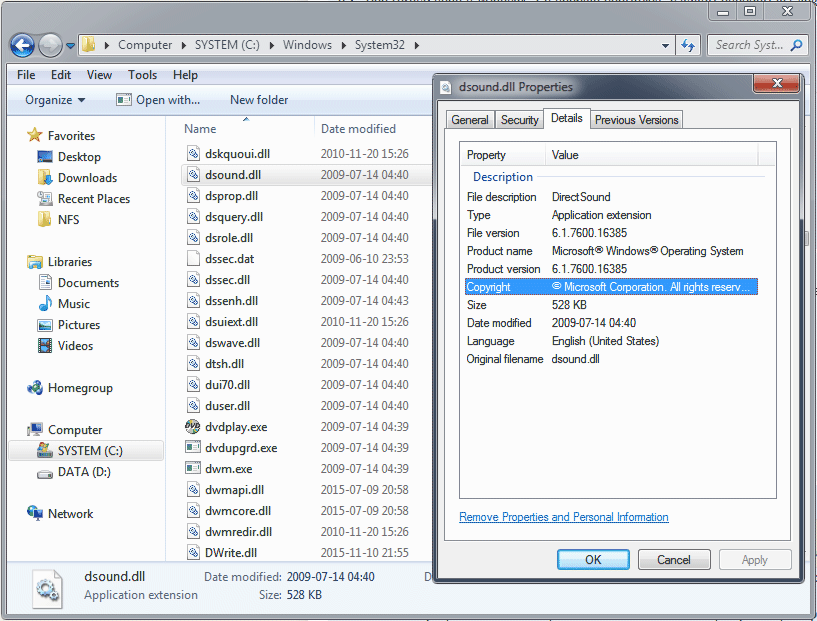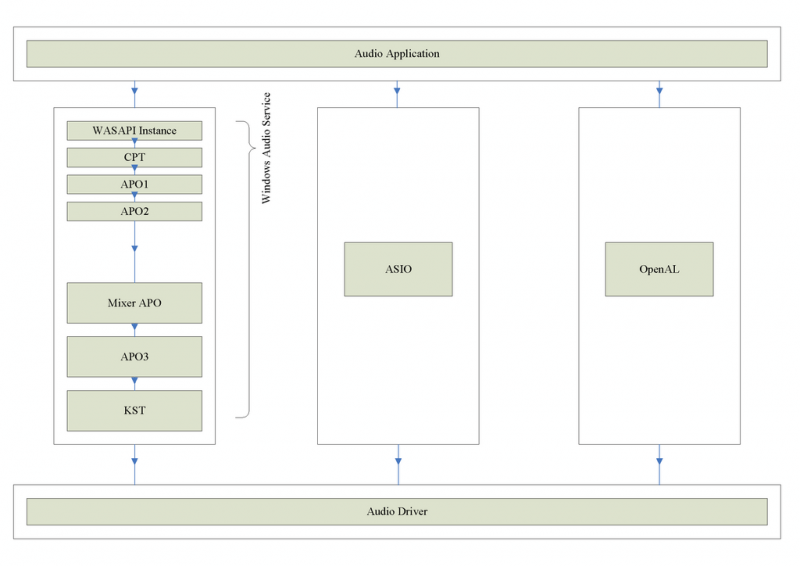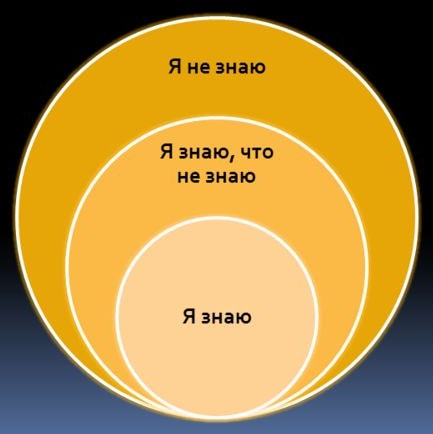VEG:Вы понимаете, что вы уже начали изобретать свою терминологию?
Мне ваше состояние знакомо. В школьные годы, когда я только немного прикоснулся к программированию, мне казалось, что я могу всё и всё что нужно я знаю и понимаю правильно. И подобные споры с более опытными программистами у меня случались. Но чем больше я учился дальше, тем больше я понимал, как много я ещё не знаю. Вы так же даже в базовых определениях путаетесь, изобретаете какую-то свою терминологию, чтобы доказать выдуманный вами же факт, основанный на том, что «что-то где-то такое слышал».
То, что вы хотите сказать, корректно можно было бы описать так: DirectSound API раньше был реализован с использованием прямого общения с драйвером (и вы не поверите, тут тоже задействуются какие-то внутренние API), сейчас же он реализован через WASAPI. Всё. Не нужно изобретать никаких новых определений.
Вы понимаете, что Вы делаете свои утверждения, даже не удосужившись привести некие пруфы хотя бы на википедию?
Вот Вам цитата из статьи на википедии:
Windows Vista features a completely re-written audio stack based on the Universal Audio Architecture. Because of the architectural changes in the redesigned audio stack, a direct path from DirectSound to the audio drivers does not exist.[7]
DirectSound, DirectMusic and other APIs such as MME are emulated as WASAPI Session instances. DirectSound runs in emulation mode on the Microsoft software mixer. The emulator does not have hardware abstraction, so there is no hardware DirectSound acceleration, meaning hardware and software relying on DirectSound acceleration may have degraded performance. It's likely a supposed performance hit might not be noticeable, depending on the application and actual system hardware. In the case of hardware 3D audio effects played using DirectSound3D, they will not be playable; this also breaks compatibility with EAX extensions.[8]
Third-party APIs such as ASIO and OpenAL are not affected by these architectural changes in Windows Vista, as they use IOCtl to interface directly with the audio driver . A solution for applications that wish to take advantage of hardware accelerated high-quality 3D positional audio is to use OpenAL. However, this only works if the manufacturer provides an OpenAL driver for their hardware.[9]
As of 2007, a solution to re-enable hardware acceleration of DirectSound3D and Audio Effects, such as EAX, called Creative ALchemy was launched.[10] Creative ALchemy intercepts calls to DirectSound3D and translates them into OpenAL calls to be processed by supported hardware such as Sound Blaster X-Fi and Sound Blaster Audigy. For software-based Creative audio solutions, ALchemy utilizes its built-in 3D audio engine without using OpenAL at all.
Добавлено спустя 56 секунд:https://en.wikipedia.org/wiki/DirectSound




